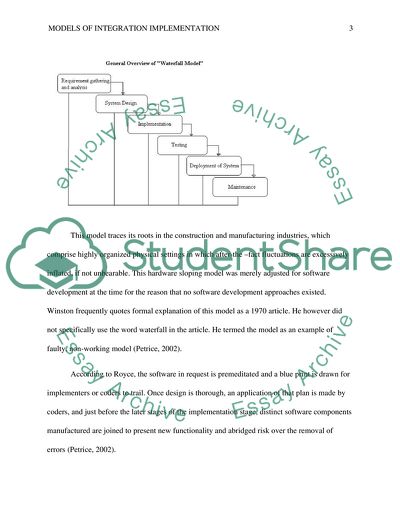Cite this document
(“Models of Integration Implementation Research Paper”, n.d.)
Models of Integration Implementation Research Paper. Retrieved from https://studentshare.org/information-technology/1619755-models-of-integration-implementation
Models of Integration Implementation Research Paper. Retrieved from https://studentshare.org/information-technology/1619755-models-of-integration-implementation
(Models of Integration Implementation Research Paper)
Models of Integration Implementation Research Paper. https://studentshare.org/information-technology/1619755-models-of-integration-implementation.
Models of Integration Implementation Research Paper. https://studentshare.org/information-technology/1619755-models-of-integration-implementation.
“Models of Integration Implementation Research Paper”, n.d. https://studentshare.org/information-technology/1619755-models-of-integration-implementation.


